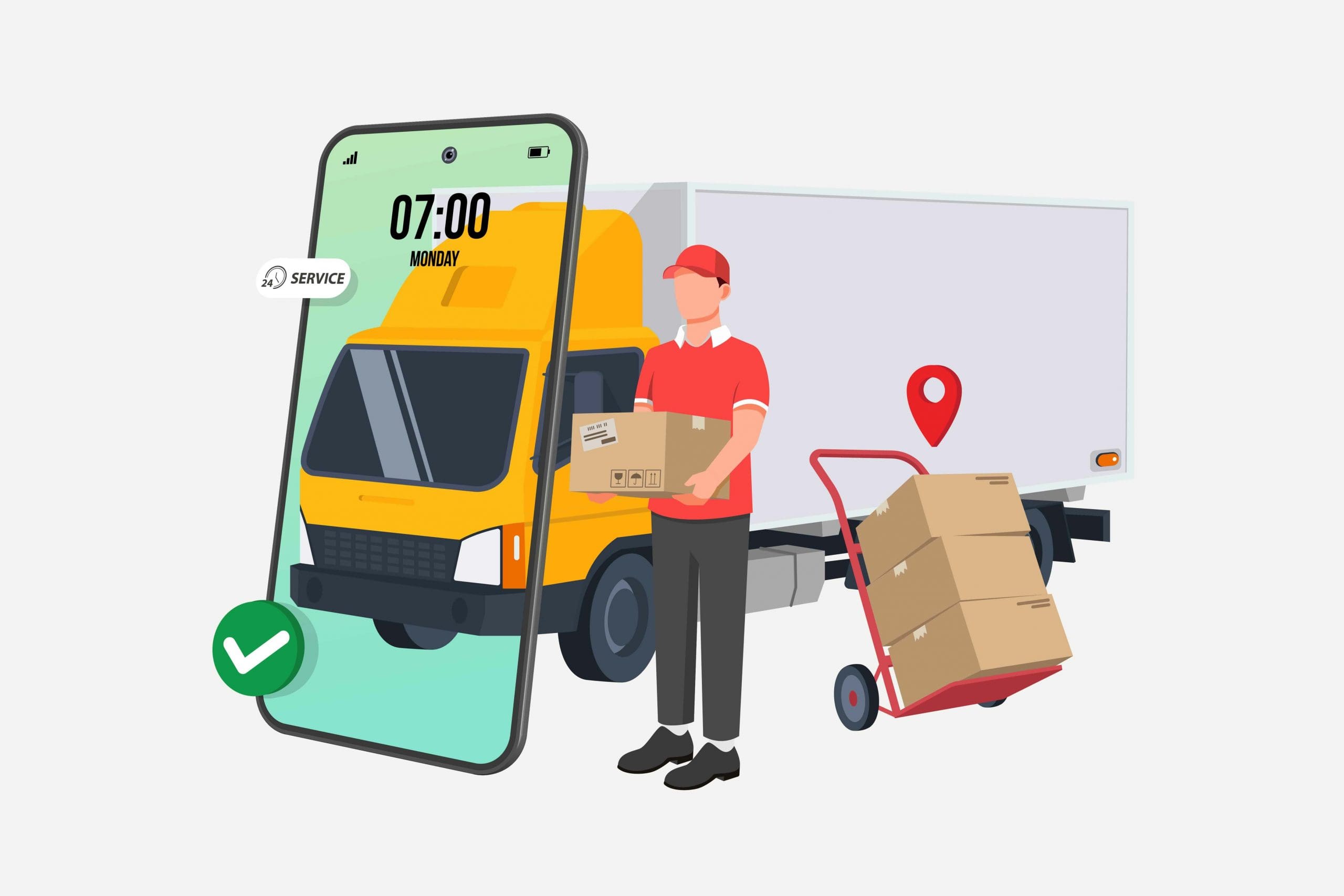
Last mile deliveries have always been fraught with challenges, ranging from the tremendous cost of those deliveries to increasing consumer demands. And now in the face of COVID-19, those challenges have increased tenfold with a greater demand for deliveries combined with additional consumer expectations.
Exacerbating the situation is a tremendous growth in online shoppers, stuck at home and trying out online shopping for the first time. As an example, according to an April 2020 New York Post article, delivery service DHL cut collections from retailers in Germany, due to being swamped by parcel delivery demand. This left retailers in that country with idle packages that DHL couldn’t deliver. The German association of online retailers highlighted the problem, saying if retailers had known about the delivery bottleneck, they would have sought to slow sales and increase lead times to better manage the huge uptick in delivery demand.
The effects of COVID-19 will hopefully begin to subside later this year, pending the discovery of vaccines and treatments. However, one effect that will last beyond the crisis is the increase in more experienced online shopping consumers.
For example, consumers who normally would not have ordered groceries online prior to COVID-19 will likely continue to order some, if not most, of their groceries online after trying it while under state-imposed, stay-at-home orders, according to Transport Dive. E-commerce as a percentage of total grocery sales will grow beyond the current estimated 6 percent. In general, e-commerce will continue to grow as a percentage of total retail sales well into the 2020s.
Businesses will need to ensure they have the right route optimization technology to meet tight delivery windows from consumers, retailers, and manufacturers, and to ensure there are enough drivers to meet the growing demand.
But the crisis ending could also make many cooped-up Americans eager to get out and shop in person. The full effect on e-commerce is yet unknown, especially given brick and mortar stores have also started delivering when hit with the various governments’ stay-at-home orders.
However, companies throughout the world, including Amazon, the biggest disruptive force before the coronavirus, have upped their game in improving last mile deliveries and services. Even prior to COVID-19, Amazon had upped the size and weight shipping standards and then brought in Sunday deliveries as the norm – fueling customers’ appetites.
Such unprecedented times require a reevaluation of current processes to ensure delivery continues smoothly and builds positive customer experiences despite the increased demands from consumers. The application of technology in the last mile allows businesses to better compete as they head into their “new normal.”







